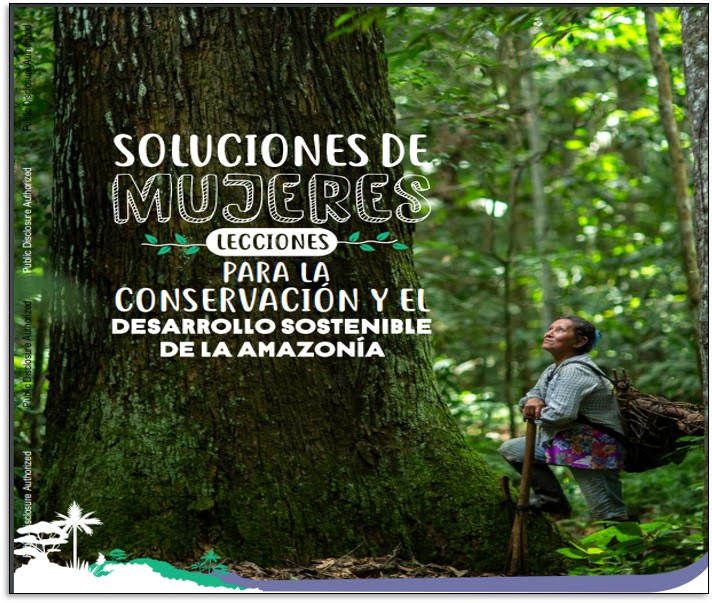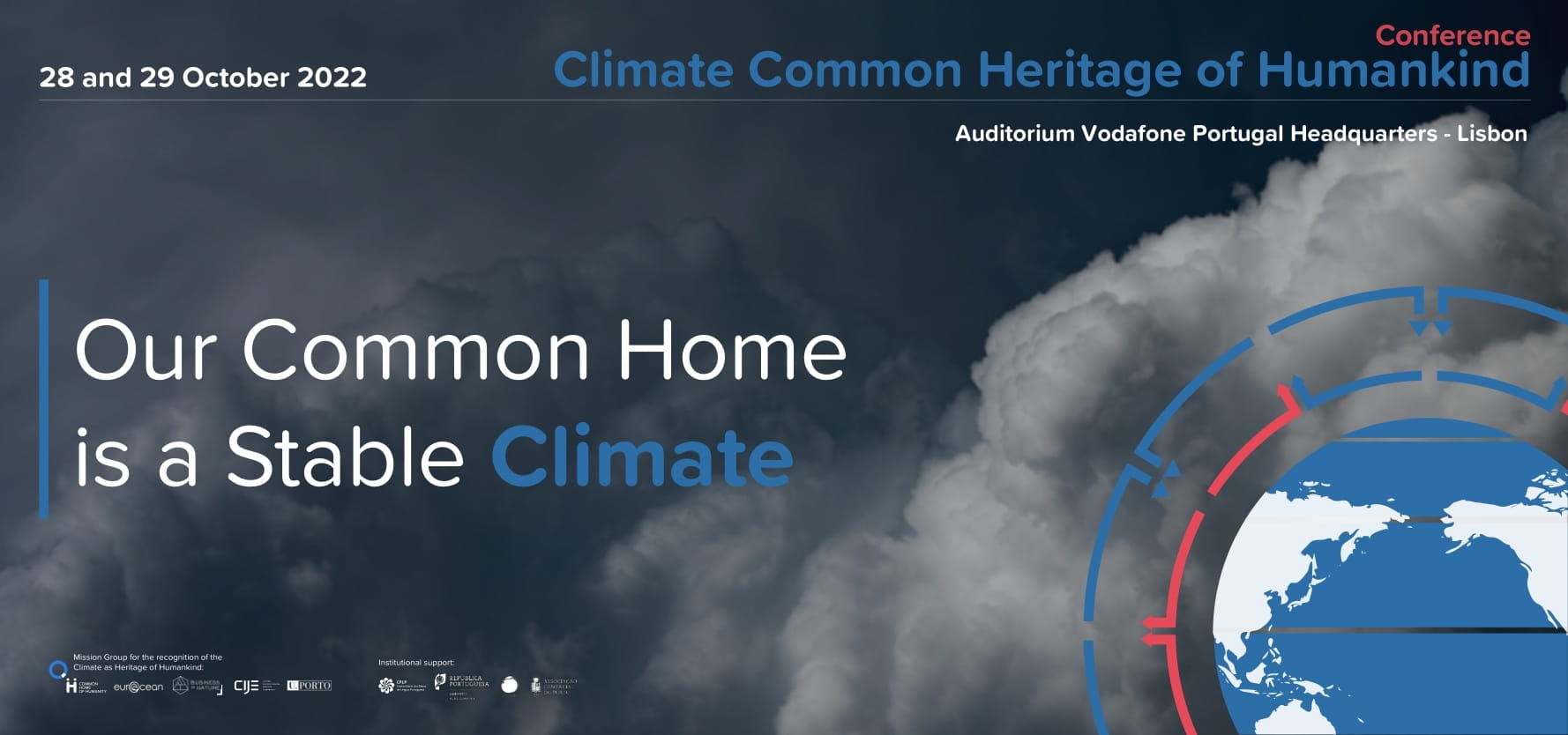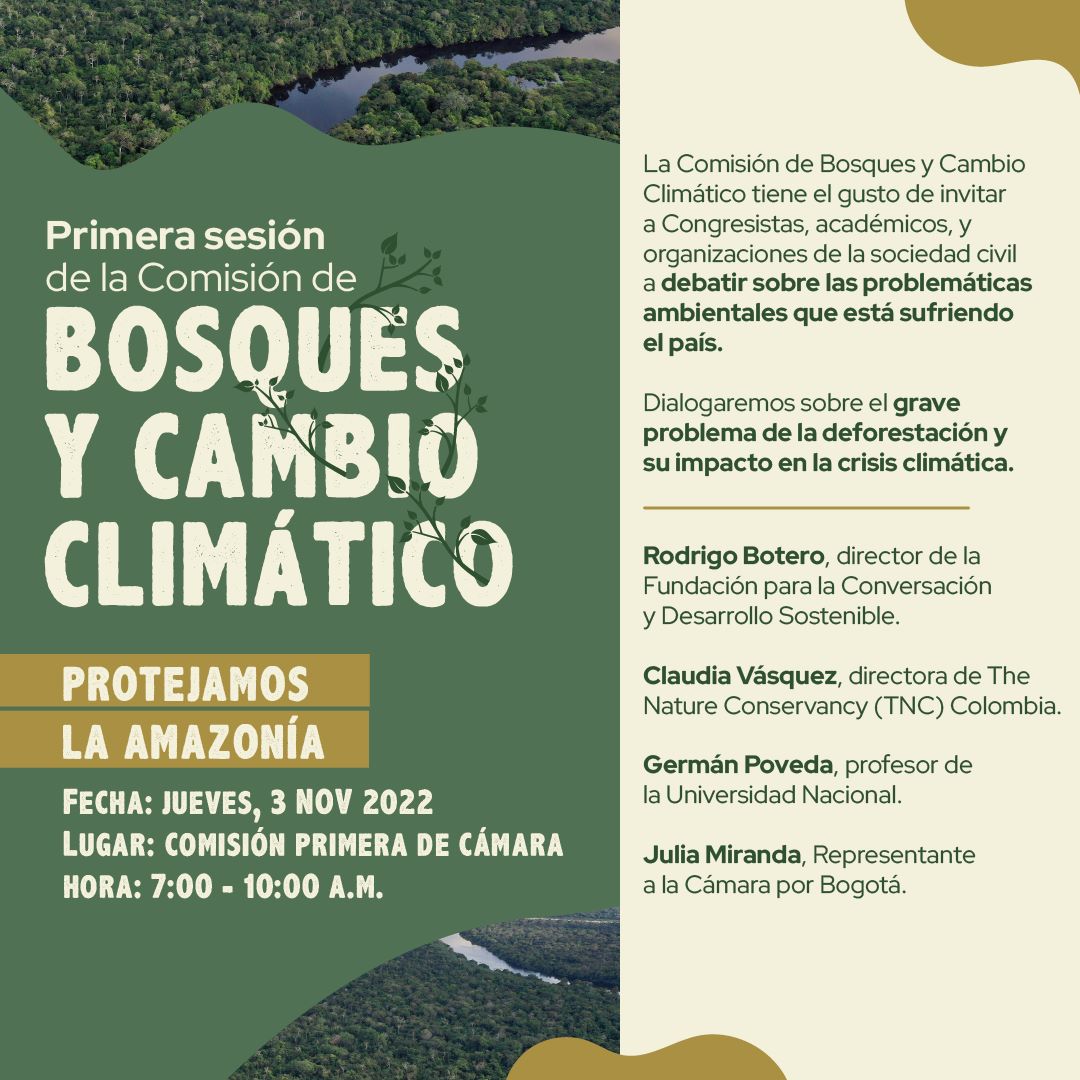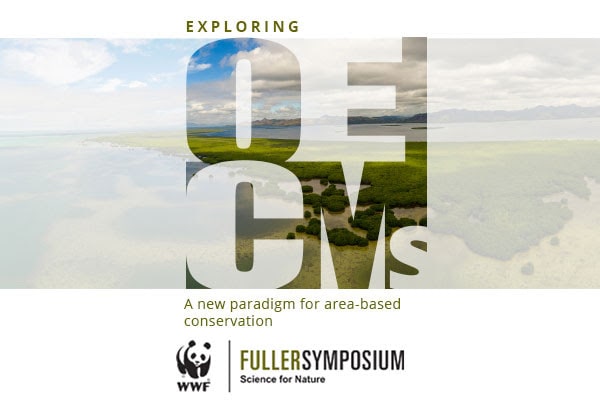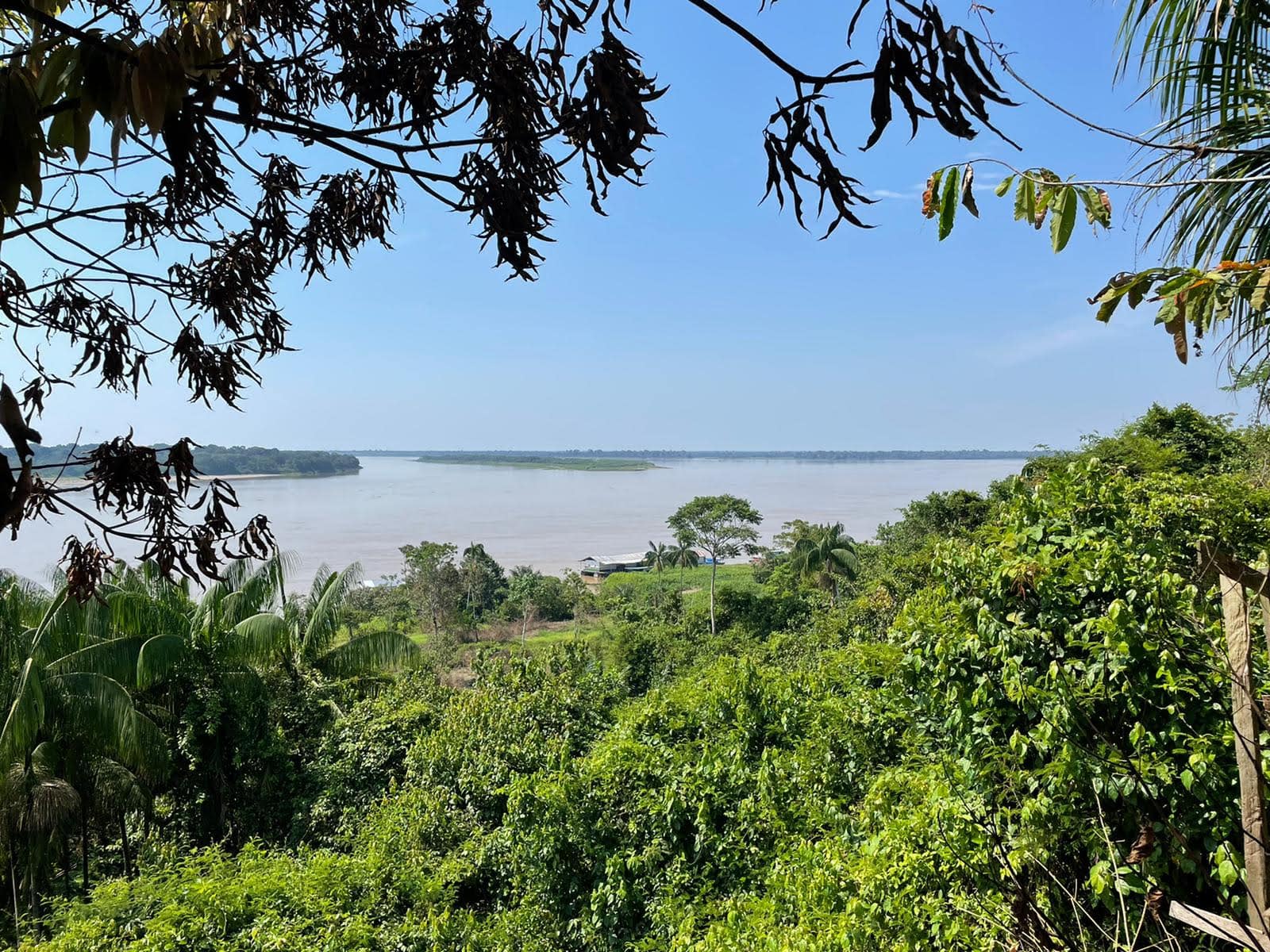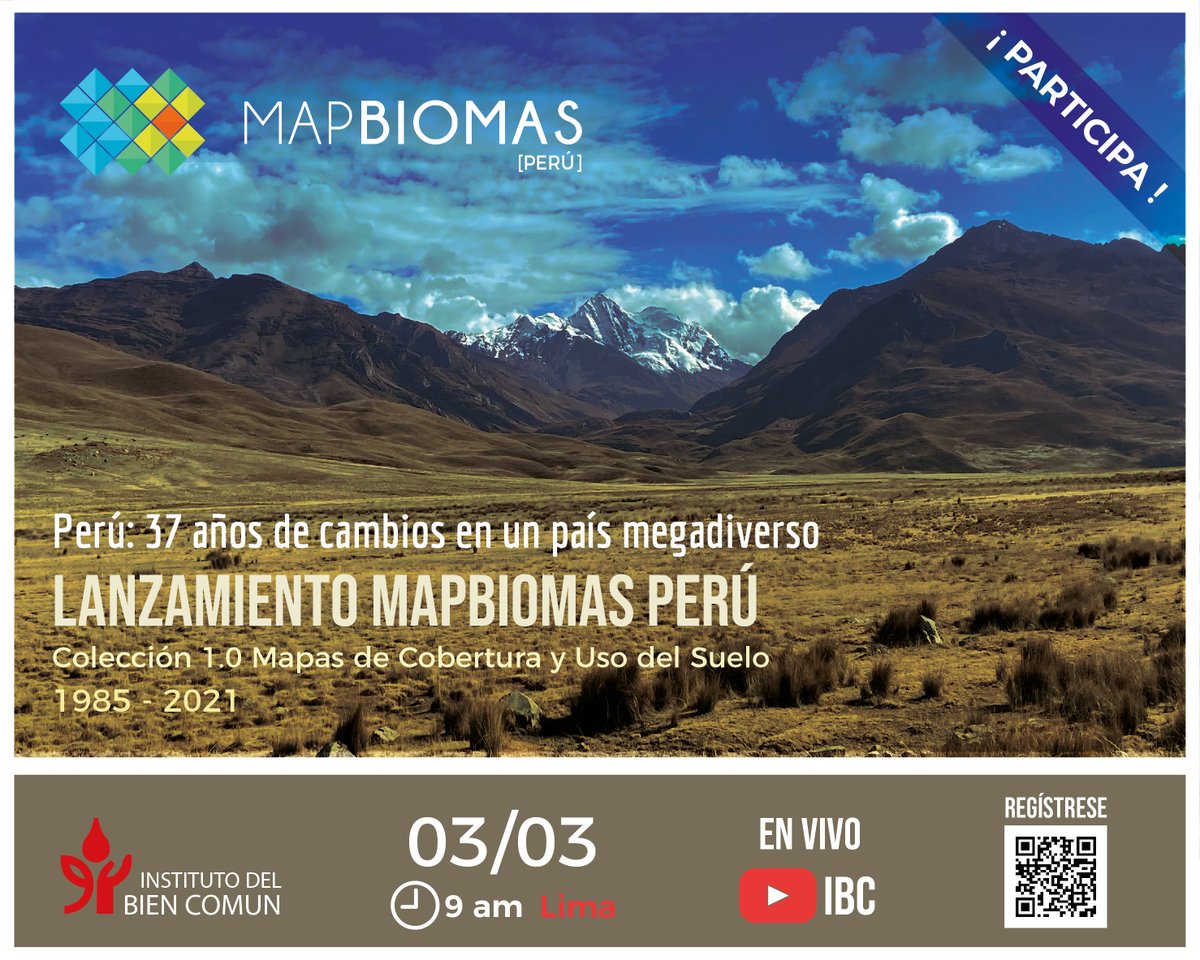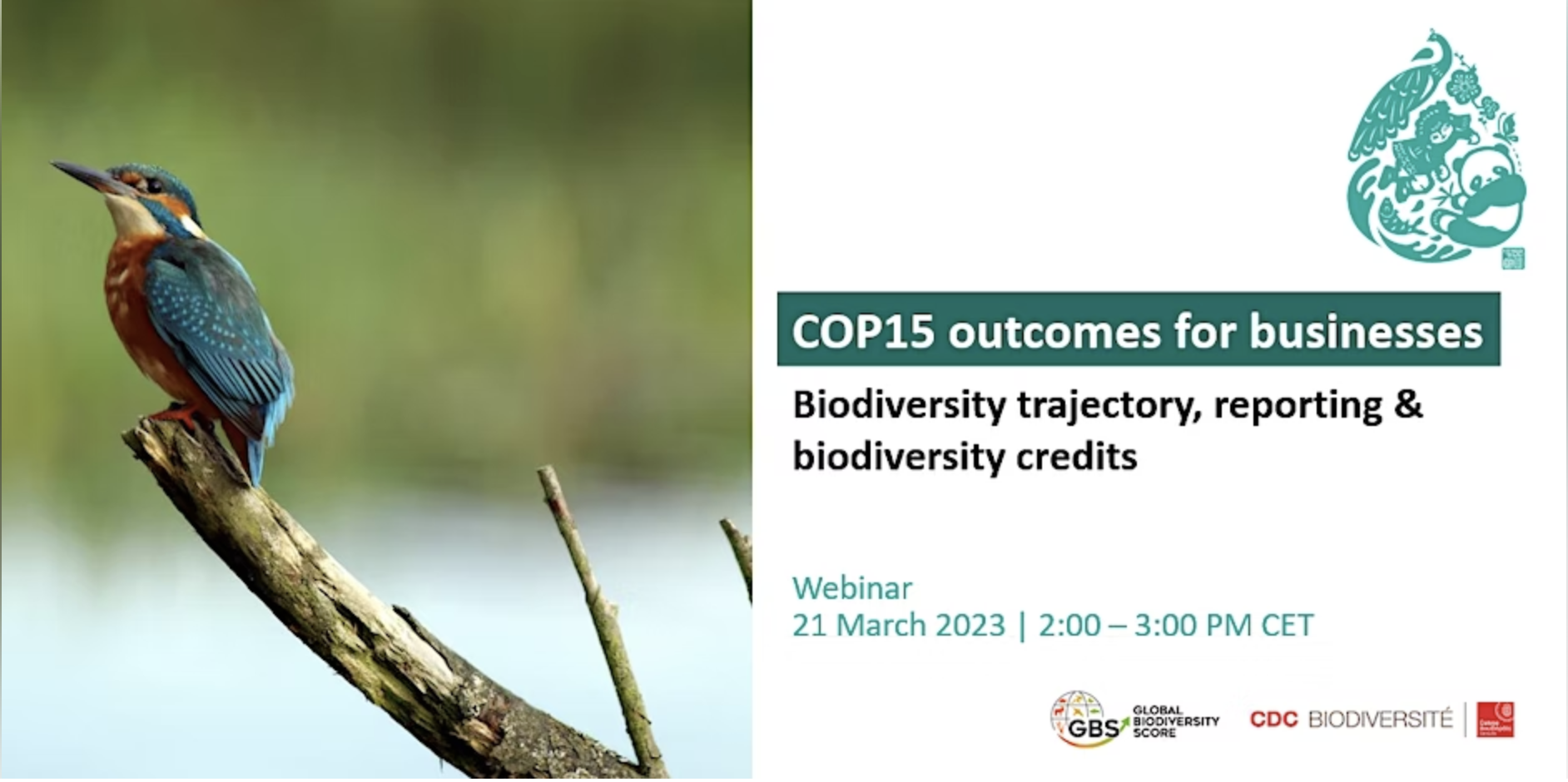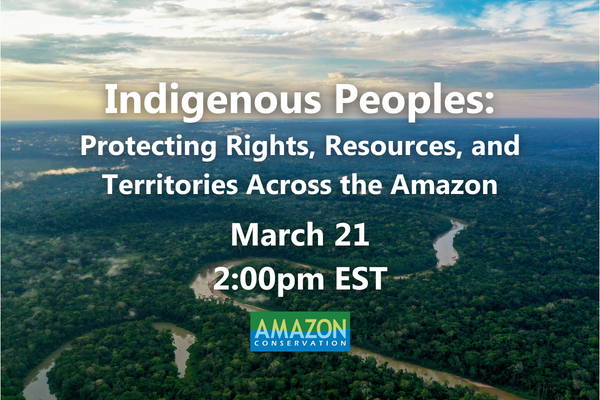Soluciones de mujeres: Lecciones para la conservación y el desarrollo sostenible de la Amazonía
OnlineThe Amazon region is home to 47 million people with multiple cultures, nationalities, perspectives and realities. In the midst of this diversity, it is important to recognize that women and men, youth and elders participate differently in decision-making regarding natural resource management, and have different levels of access and control over natural resources and the…
Climate Common Heritage of Humanity Conference
(PT) A Conferência "Clima Património da Humanidade" pretende partilhar conhecimento e debater a importância de um novo regime jurídico para o Clima e, nesse contexto, iniciar um diálogo entre os países da CPLP sobre o reconhecimento do Clima como Património Comum da Humanidade. Espera-se que esta reflexão posicione os países de língua portuguesa no debate…
Primera sesión de la Comisión de Bosques y Cambio Climático
La Comisión de Bosques y Cambio Climático tiene el gusto de invitar a Congresistas, académicos, y organizaciones de la sociedad civil a debatir sobre las problemáticas ambientales que está sufriendo el país. Dialogaremos sobre el grave problema de la deforestación y su impacto en la crisis climática.
Exploring OECMs: A new paradigm for area-based conservation
Join WWF for this year’s Fuller Symposium exploring a new and evolving conservation framework —“other effective area-based conservation measures” (OECMs). OECMs are sites apart from protected areas that deliver long-term biodiversity conservation under equitable governance and management. This symposium will bring together leading experts to engage critically with OECMs, analyze the potential for these sites…
Answering the Amazon’s Call: Private Sector Mobilization for Protection of the Amazon
Burgeoning threats to the Amazon ecosystem are pushing the region—often referred to as the planet’s “lungs”—closer to an irreversible tipping point, leading to reduced rainfall, widespread ecosystem degradation, and ultimately crippling the Amazon’s ability to serve as a carbon dioxide sink for our planet. In response, many business and social entrepreneurs are mobilizing billions in…
Webinar de Presentación Plataforma HIRO
La identificación y priorización de áreas de importancia hídrica es fundamental para diseñar e implementar intervenciones en la infraestructura natural que ayuden a mejorar la seguridad hídrica de la población. La Herramienta de Identificación Rápida de Oportunidades en la Infraestructura Natural (HIRO) es una innovación del proyecto Infraestructura Natural para la Seguridad Hídrica, que ofrece…
Manejo sostenible de pesquerías en la Amazonía – caso de estudio Putumayo-Içá
La Cuenca Amazónica tiene la mayor diversidad en peces de agua dulce en el mundo y la pesca es la principal fuente de ingreso y alimento de las comunidades ribereñas que la habitan. Las especies migratorias, que se mueven a lo largo de ríos de aguas continuas y ecosistemas interconectados como el Dorado (Brachyplatystoma rousseauxii),…
MapBiomas Perú: 37 años de cambios en un país megadiverso
Como parte del trabajo con la RAISG y MapBiomas, el IBC ha logrado la Primera Colección de Mapas Anuales de Cobertura y Uso del Suelo de todo el territorio peruano para el periodo 1985 - 2021. El evento de lanzamiento de esta colección 1.0 tendrá lugar el viernes 3 de marzo en el hotel Costa…
Webinar | COP15 outcomes: trajectory, reporting & biodiversity credits
Save the date! Webinar | COP15 outcomes: trajectory, reporting & biodiversity credits An online event to be held on Tuesday, 21 March 2023, from 2:00 to 3:00 PM CET ----- CDC Biodiversité organizes a webinar on the outcomes of the COP15. Our experts and invited speakers will further analyze these questions: - What are…
Indigenous Peoples: Protecting Rights, Resources, and Territories Across the Amazon
Join Amazon Conservation and Forest Trends and hear directly from indigenous peoples and conservation experts from Brazil, Bolivia, Peru, and Ecuador as we explore how indigenous peoples are employing technology to support their territorial governance and leveraging the key role they play for climate and conservation, and their continued need for direct donor financing.

